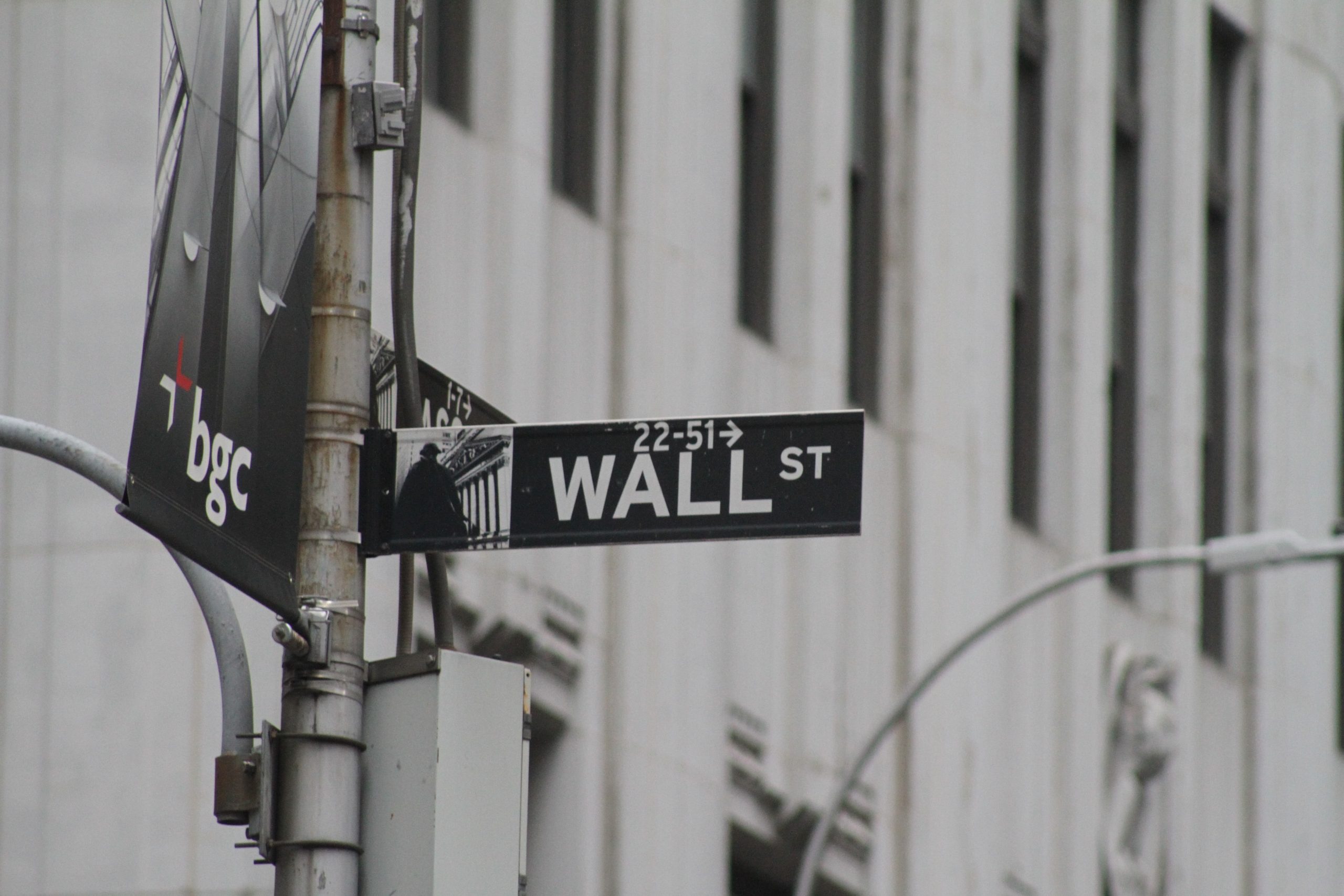Economists at Goldman Sachs on Monday doubled down on their belief that the economy will avoid a recession this year thanks to the strength of the labor market, which has shown signs of slowing down but continues to outperform expert projections—even as a growing number of indicators suggest the nation has already plunged into recession.
Key Facts
In a morning note to clients, Goldman acknowledged a barrage of recently weak economic data—on consumer spending, manufacturing and international trade—has pushed some forecasts for second-quarter gross domestic product growth into negative territory, but called the projections “too pessimistic”.
After the U.S. economy unexpectedly shrank in the first quarter, a decline in the second quarter would constitute a technical recession, or two consecutive quarters of negative GDP growth, but the economists note they still believe the odds of a recession over the next year are only about 30%, and 50% over the next two years.
The team says it’s “doubtful” the National Bureau of Economic Research—whose declarations of recession are accepted by the government but don’t strictly follow the two-quarter rule—will say the economy is already in a recession given how strong the labor market remains, citing Friday data showing the U.S. gained a better-than-expected 372,000 jobs last month.
It would be “historically unusual” for the labor market to appear so strong during a recession, the Goldman team led by Ronnie Walker writes, noting that jobs have grown at an annualized pace of 3.7% over the last six months—roughly double the typical pace at the start of past recessions.
Despite remaining bullish, the team concedes labor market data typically lags other economic indicators and cautions that revisions to recent data could ultimately reveal that job growth may have been less robust, as was the case at the onset of the Great Recession.
In a separate note on Monday, Goldman’s Jan Hatzius said the strong jobs report helped quell fears of an imminent recession, but also contained red flags: He notes the Census Bureau’s survey of 60,000 households has shown “essentially no job gains” for the past three months—casting doubt on the overall jobs figure, which is based on a survey of companies.
Key Background
The U.S. economy posted its worst showing since the Covid-induced recession in the first quarter, shrinking 1.6% despite expectations originally calling for 1% growth. The worse-than-expected decline makes a second straight quarterly decline in GDP “much more likely,” Pantheon Macro chief economist Ian Shepherdson said earlier this month, forecasting that GDP fell 0.5% in the second quarter. However, like Goldman, he believes the NBER “very probably will not” declare a recession unless the job market meaningfully slows down. Rather than purely going off technical recessions, the NBER defines a recession as “a significant decline in economic activity that is spread across the economy and lasts more than a few months.”
Tangent
After losing more than 20 million jobs at the height of pandemic uncertainty in the spring of 2020, the labor market has quickly and forcefully led the economic recovery. However, prolonged inflation and rising interest rates, which tend to hurt company earnings, have sparked concerns about the broader economy and started taking their toll on the job market. Recently booming technology and real estate companies have announced waves of layoffs this summer, and corporate giants including Amazon and Walmart have both signaled a slowdown in their hiring needs, with Walmart executives pointing to “overstaffing” as a drag on disappointing profits last quarter.
Crucial Quote
“There is no doubt that a labor market slowdown is underway,” Hatzius said Monday, pointing to the layoffs and hiring freezes, in addition to a drop in job openings, rising jobless claims and data showing employment in the manufacturing and service industries has contracted.
What To Watch For
The Bureau of Economic Analysis unveils its first estimate of second-quarter GDP growth—or decline—on July 28. It will then update the figure in August before releasing a final estimate in September.
Photo by Paul-Alain Hunt on Unsplash

